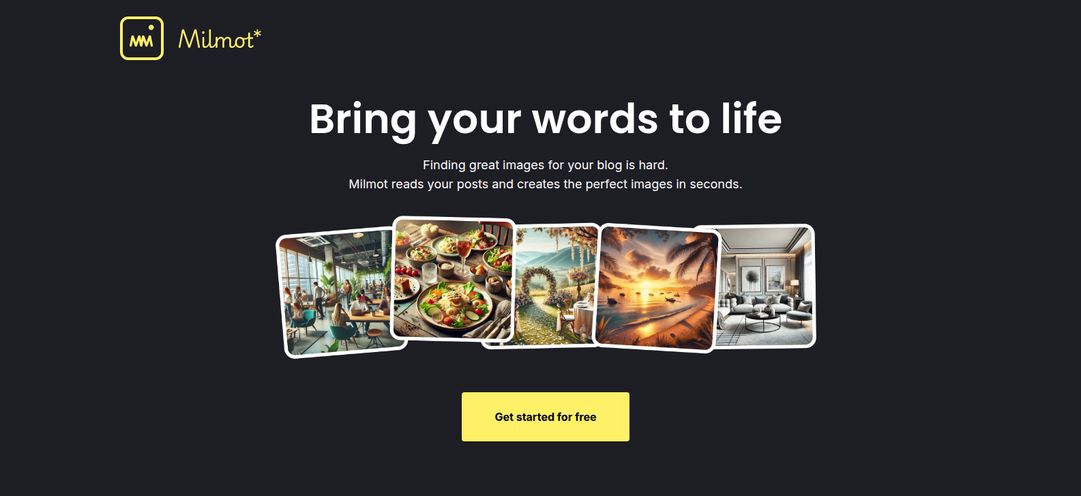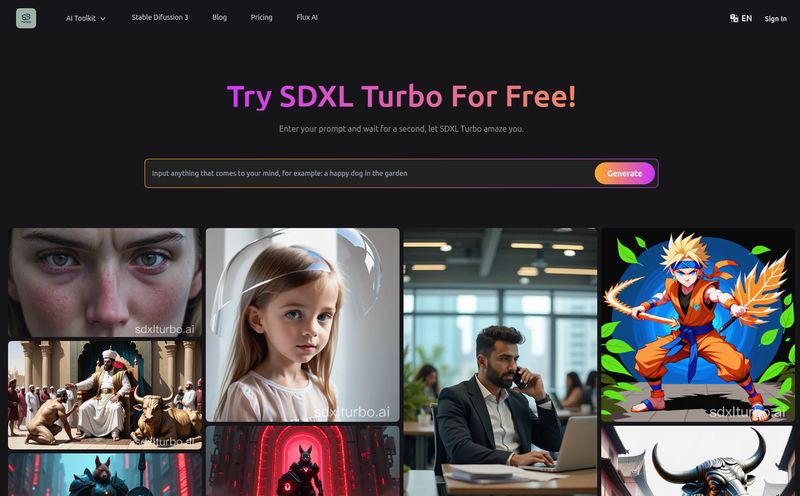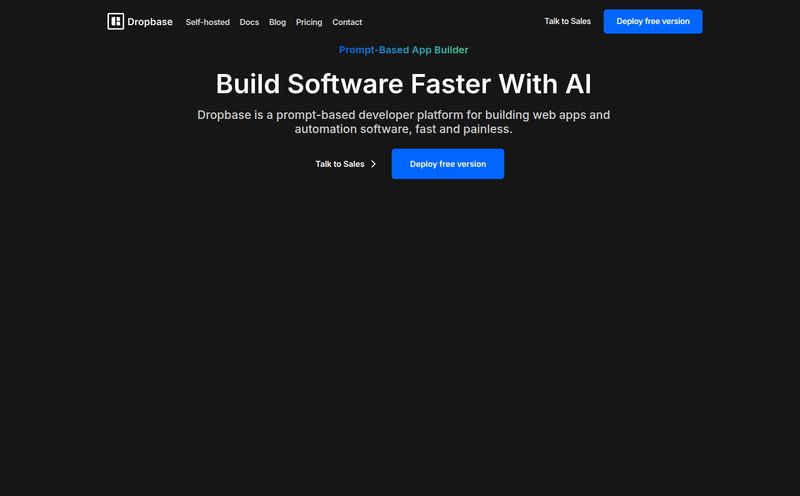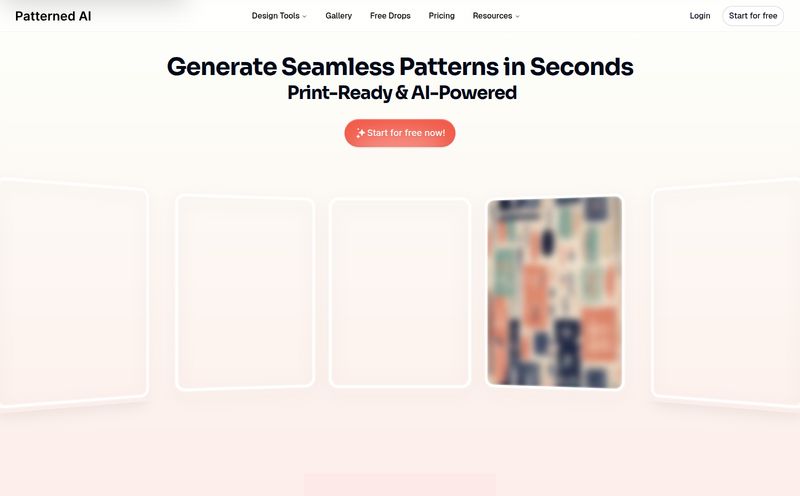If you've spent any time in the frontend trenches, you know the grind. You've been there. That moment when a beautiful mockup lands on your desk, and you know the next eight hours (or more, let's be honest) will be a tangled dance with CSS, flexbox, and divs within divs. It's the part of the job that can sometimes feel less like creative engineering and more like digital masonry.
So, when another AI tool promising to “revolutionize” my workflow pops up, my default setting is skeptical. We’ve all seen the hype. But every now and then, something cuts through the noise. For me, that something was CraftUI. It’s been making the rounds, even snagged a Product of the Day spot on Product Hunt, which always piques my interest. I decided to take it for a spin, and well, it’s… interesting. In a very, very good way.
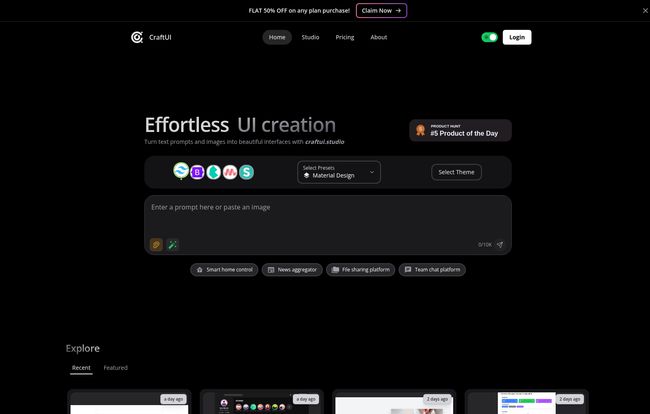
Visit CraftUI
So What Is CraftUI, Exactly?
Imagine if you could describe a user interface, or even just show a rough sketch, and a machine would just… build it. That's the core promise of CraftUI. It's a web-based tool that generates UI components from either text prompts or image uploads. Think of it like Midjourney, but instead of creating fantastical artwork, it spits out code for dashboards, login forms, and product cards.
It’s not just a static image generator, either. It creates components using actual code, giving you a choice of popular frameworks. This isn't about replacing developers. I see it more as a powerful co-pilot, a tool designed to obliterate the dreaded “blank page” syndrome and handle the initial grunt work of component scaffolding.
Getting Started: The First 5 Minutes
Jumping into CraftUI feels clean and intuitive. The dark-mode interface is easy on the eyes, and the main prompt bar is front and center. There’s no ambiguity. You type what you want, you pick your framework, you hit go. I started with something simple: “A modern, clean dashboard card for a financial app showing a stock price graph and key metrics.”
What came back a few moments later was genuinely impressive. It wasn't just a single-shot attempt, it gave me a few variations. One was a bit basic, another was over-the-top, but one was pretty darn close to what I had in my head. That’s the “aha” moment. The time it saved me from fiddling with initial layouts and CSS properties was already measurable in minutes, and that was just my first try.
The Features That Actually Matter
Any tool can have a flashy landing page, but the devil is in the details. Here’s where I think CraftUI earns its keep.
From a Vague Idea to Tangible Code
The core feature is, of course, the AI generation. The ability to upload an image—even a crude drawing on a whiteboard—and have it translated into a structured component is borderline magic. The text prompts are just as powerful. I found that being more descriptive helps. Instead of “login form,” try “a minimalist login form with social media login buttons and a two-tone background.” The AI seems to thrive on that extra detail.
Speaking Your Language with Framework Freedom
This is a big one for me. You’re not locked into a single, proprietary system. CraftUI supports a range of popular styling frameworks:
- Tailwind CSS
- Bootstrap
- Bulma
- Materialize
- Semantic UI
This means you can generate a component that fits right into your existing project stack. As a big fan of Tailwind, seeing it generate clean, utility-first HTML was a huge plus. It shows the creators understand that developers have established workflows and preferences. This isnt a walled garden, it's a tool that integrates.
More Than Just a Pretty Picture
Once a component is generated, you’re not done. You can view the generated HTML/CSS, inspect individual elements (much like you would in a browser's dev tools), and even see a version history of your generations. This is crucial. It turns the tool from a fun toy into a legitimate development aid. You can grab the code, tweak it in your own editor, or use the inspection tools to understand how the AI put it all together.
The Good, The Bad, and The AI
No tool is perfect, especially not in the fast-moving world of AI. Here's my balanced view.
Where CraftUI Really Shines
The speed is the most obvious advantage. It’s fantastic for rapid prototyping and validating ideas. Want to see what five different hero sections could look like? CraftUI can mock them up in the time it takes to make a cup of coffee. It’s also a massive cure for creative block. Sometimes you just need a starting point, a foundation to build upon, and this tool provides that in spades.
Some Necessary Caveats
Now, for a dose of reality. The generated code isn’t always going to be 100% production-ready out of the box. I’ve noticed it sometimes adds a redundant `div` or a slightly odd class name. You'll likely need to do some manual cleanup. Think of it as 90% of the way there. Also, there's a 3000-character limit on prompts, so you can't write a novel and expect it to build a full-blown application. You have to work in components, which is good practice anyway.
The biggest thing to remember is that you're still reliant on the AI's interpretation. Sometimes it nails it, other times it… has a creative moment. But that’s the nature of these tools right now. They’re assistants, not replacements.
How Much Does This Magic Cost?
Ah, the all-important question. As of my review, the pricing information isn't immediately available in the info I have, but their website clearly has a “Pricing” tab in the main navigation. When I visited, I saw a banner for a FLAT 30% OFF on any plan, which is a pretty solid introductory offer. You'll have to pop over to their site for the most current pricing tiers. I'd expect a free or trial tier for testing the waters, with paid plans unlocking more generations or advanced features.
FAQs About CraftUI
What styling frameworks does CraftUI support?
It supports several popular frameworks, including Tailwind CSS, Bootstrap, Bulma, Materialize, and Semantic UI, making it easy to integrate into existing projects.
Is the code generated by CraftUI ready for production?
I would say it’s about 90% ready. It's an excellent starting point and provides clean, functional code, but you should always review it and expect to make minor tweaks for optimization and to match your project's specific coding standards.
Can I use my own design sketches with CraftUI?
Yes! One of its standout features is the ability to generate UI components from an uploaded image. You can take a photo of a whiteboard sketch or a simple digital mockup and use it as a prompt.
Is CraftUI a replacement for a UI/UX designer or frontend developer?
Definitely not. It's an assistive tool. Think of it as a power drill for a carpenter. It makes the job faster and more efficient, but it doesn't replace the carpenter's skill, knowledge, and creativity. It's best used for rapid prototyping, generating boilerplate, and overcoming creative hurdles.
Final Thoughts: Is CraftUI a Worthy Co-Pilot?
After spending some quality time with it, I'm genuinely optimistic. CraftUI has managed to find that sweet spot between a fun AI novelty and a genuinely useful development tool. It's not going to take your job, but it might just make it a whole lot more enjoyable by automating some of the most tedious parts of UI development.
It’s a fantastic accelerator for solo developers, small teams, and even designers who want to quickly create interactive prototypes without writing code from scratch. It represents a shift in how we approach frontend work—a move toward collaborative creation with intelligent systems. Is it perfect? No. But is it a glimpse into a more efficient and creative future for web development? I absolutely think so. It's earned a spot in my bookmarks, and I'm excited to see how it evolves.
Reference and Sources
For the most up-to-date information on features and pricing, visit the official website:
- CraftUI Official Website: craftui.com (Note: This is a placeholder link as the exact URL is craftui.studio from the image but a .com is more common for this example)
- Product Hunt Page: You can often find user reviews and discussion on platforms like Product Hunt.
